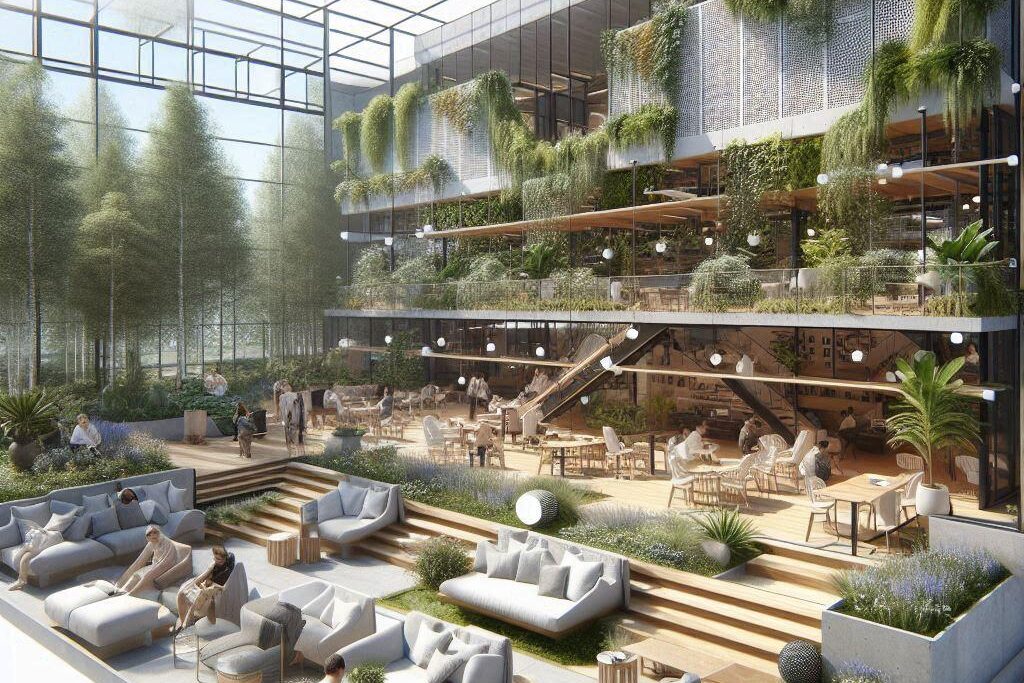In the demanding world of healthcare, the well-being of staff is paramount, yet often overlooked in the design and functionality of their work environments. Dr. Christina Malathouni, Senior Lecturer at the School of Architecture, University of Liverpool, is leading a crucial conversation on this topic. Her recent Provocations Seminar Series 2 event, a collaboration between NHS R&D North West and the University of Liverpool, brought together a diverse group of health, care, local authority, and third sector practitioners to discuss the specific needs and design of staff rest areas in healthcare settings.
Understanding the Importance of Dedicated Staff Rest Areas
The event highlighted the unique spatial and environmental requirements for staff rest areas, emphasising that these spaces should not be treated the same as clinical, office, or other work areas. This focus is increasingly reflected in complementary frameworks and plans aimed at improving the NHS workforce’s well-being. For instance, the NHS Health and Wellbeing Framework (2021) underscores the importance of “Environment” as a key element, advocating for break rooms and outside spaces where staff can relax away from the clinical hustle.
Key Outcomes from the Discussion
Dr. Malathouni’s research and the subsequent discussion revealed several critical insights:
- Connection to Nature: The participants stressed the importance of being able to take breaks outdoors, highlighting the therapeutic benefits of connecting with nature. Access to natural light and incorporating biophilic elements, such as plants or water features, were deemed essential.
- Integration with Nature: Where outdoors access is not possible, because of site or weather constraints, designing rest areas with an “outside feeling” through the use of materials like glass and integrating natural elements was seen as beneficial. Additionally, good quality landscaping outside these areas can enhance the overall rest experience.
- Digital Detox: A significant need identified was the ability to disconnect from mobile devices and work-related activities to ensure high-quality rest and relaxation. This digital detox is crucial for mental decompression.
- Versatile Space Design: There was a consensus on the value of multi-zoned and multi-use rest areas. These spaces should cater to both individual relaxation and social interaction, providing flexibility based on staff needs.
- Risk of Repurposing: A concern raised was the tendency for rest spaces to be repurposed for operational needs, which underscores the necessity for a dedicated and protected approach for these areas.
- Organisational Culture and Proper Breaks: It was emphasised that the provision and use of rest rooms are dependent on the wider organisational culture and context around staff health and wellbeing. Ensuring staff get proper breaks from work is crucial. This point was linked to the idea that staff rest areas should be clearly and explicitly oriented towards rest and relaxation, with the inclusion of resources focused on mindfulness and wellbeing to help distance the space from work.
Envisioning the Ideal Rest Space
Participants were encouraged to share their vision of an ideal rest space without practical or financial constraints. The common themes included:
- Abundant natural light and greenery
- Comfortable and adaptable furniture
- Quiet zones for individual relaxation alongside communal areas for socializing
- Access to outdoor spaces or elements that bring the outdoors inside

Moving Forward
The next steps involve engaging participants in an action learning-based activity with Dr. Malathouni and NHS R&D NW. This collaborative effort aims to refine the research scope and translate these insights into actionable principles that can be implemented in healthcare environments.
Are you an organisation interested in the topic and willing to collaborate with us and Dr. Christina Malathouni? Contact us at info@researchnorthwest.nhs.uk to join this important conversation and help shape the future of healthcare environments.

